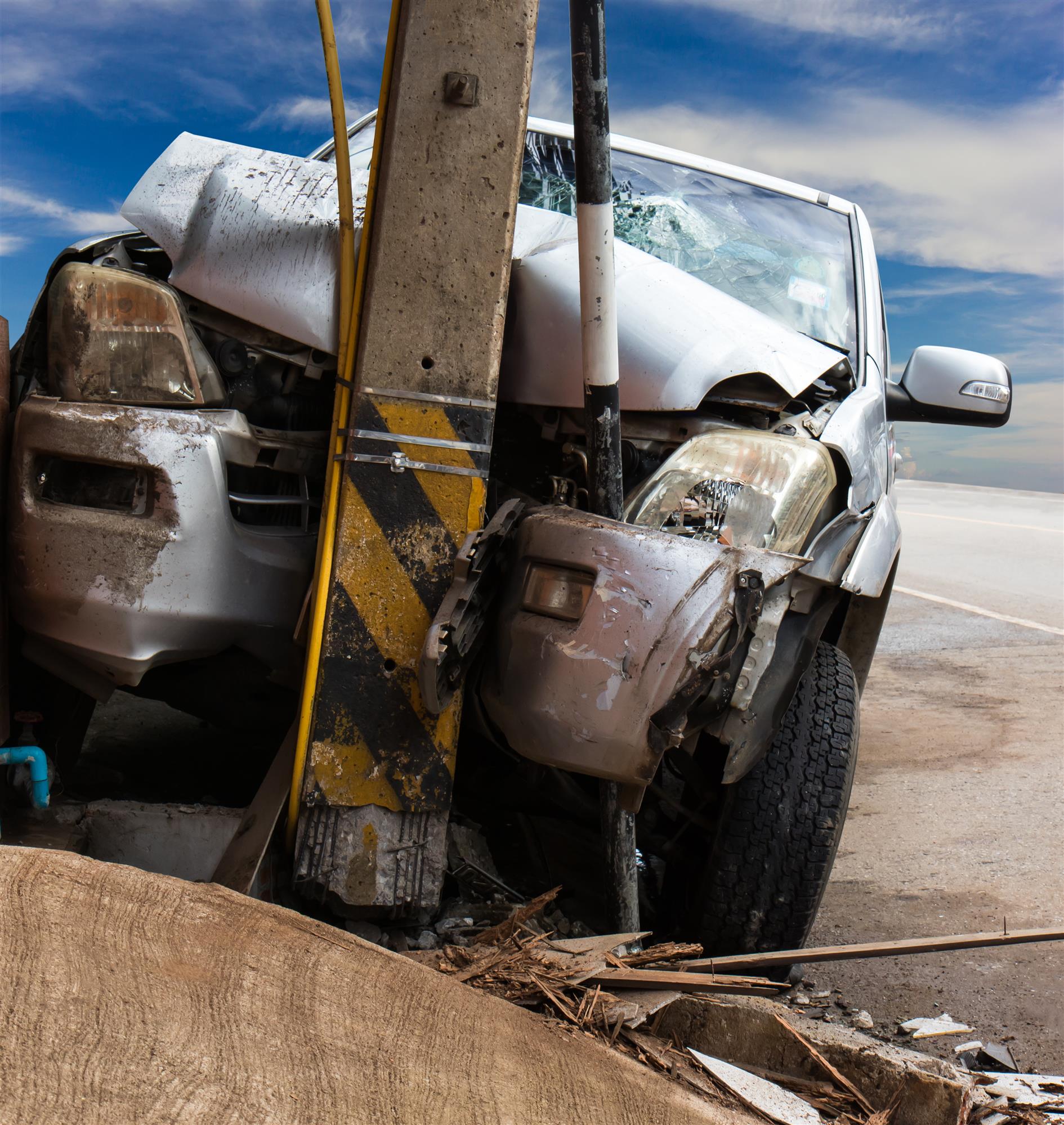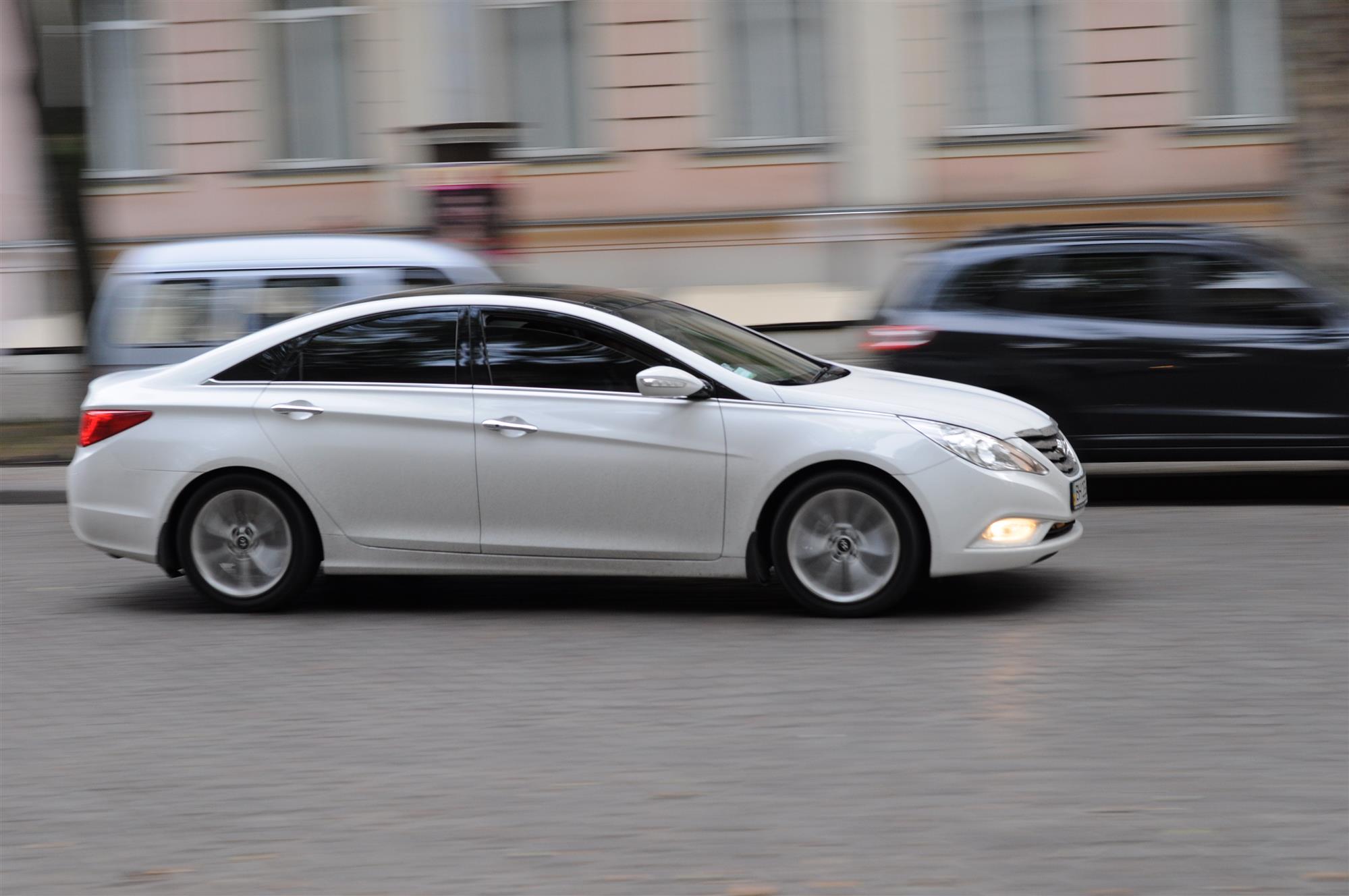According to the National Highway Traffic Safety Administration (NHTSA), in 2016 more than 27% of all traffic-related accidents and fatalities were caused by people speeding.1 The problem with speeding it is means the driver is traveling at a fast rate of speed. If you remember back to your basic physics, math, and science courses, speed, velocity, and acceleration all play a role in determining the force of impact when an object in motion comes to a full stop.
This means a speeder who impacts another vehicle, tree, road barrier, or any other such object is hitting with a higher amount of force. As such, the dangers of speeding and the impact from the force will cause more damage and could result in more severe personal injuries. Increased personal injuries and property damage are not the only dangers of speeding. Other increased risks include:
- Speeders make driving more hazardous for all drivers. If speeders are tailgating, whipping in and out of traffic, slamming on their brakes when encountering slower vehicles, and performing other such bad driving habits, they can cause other motorists to have an accident.
- Driving at excessive speeds requires much longer stopping distances. The laws of physics dictate that objects traveling at high rates of speed will take longer to fully come to rest or stop. In addition, heavier vehicles and commercial trucks also require longer stopping distances. When combined, the stopping distances can double, triple, or even quadruple from normal ones.
- Speeding in inclement weather increases the risk of losing control of the vehicle. Rain, wind, hail, fog, and other such weather conditions can cause road conditions to deteriorate. Speeding in these conditions will mean you have less time to react and have less control over the vehicle.
- Speeders have less time to react to other drivers’ actions. It takes a few seconds for you to visually see something and your brain to signal what you should do to react. For instance, you are speeding and passing someone who is texting while driving. They swerve into your lane as you are about to pass. Since your brain does not signal to brake in time, they hit your vehicle, causing you to lose control.
Speeding Facts and Statistics
The key findings from the 2016 traffic data collected by the NHTSA about speeding include:2
- Out of 37,461 traffic fatalities, 10,111 were caused by speeders.
- The highest number of speeding-related accidents was caused by 15- to 20-year-old male drivers.
- The second highest number of speeding-related accidents was caused by 21- to 24-year-old male drivers.
- 33% of motorcycle drivers involved in fatal accidents were speeding—the most for any vehicle type.
- 86% of speeding-related fatal accidents occurred on non-interstate roadways.
The best solution to reduce the risks associated with speeding is to slow down and not speed. When you encounter an aggressive speeder, it is better to let them pass than risk your own life.
If you have sustained personal injuries from a speeding-related accident caused by another, please feel free to contact Schechter, McElwee, Shaffer & Harris, L.L.P. at 713.574.5089 to speak with one of our Houston car accident lawyers today!
Sources:

 Over 300 Google 5 Star Reviews
Over 300 Google 5 Star Reviews







